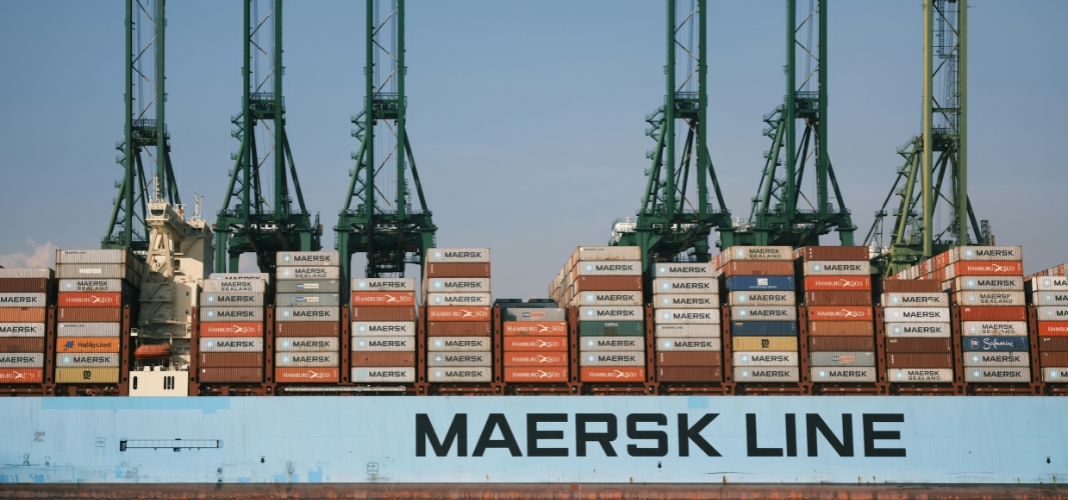The world economy never sleeps—and when the US throws a wrench into the gears with new tariffs, the ripple effects are felt across the globe. From domestic debates in Congress to strategic shifts in ASEAN and the EU, everyone’s adjusting their game plan. In this blog, we break down what’s happening, how different regions are reacting, and what we might expect in the near future.
The US Struggles with Internal Backlash
In the United States, not everyone’s cheering the new tariff wave. Some lawmakers, even within President Trump’s party, are pushing for Congress to regain more say in trade decisions. Legal challenges have already begun, and public sentiment isn’t exactly optimistic either—polls show Americans are bracing for short-term economic pain and rising inflation.
A Mixed Bag of Global Reactions
Globally, responses to US tariffs have ranged from outright retaliation to diplomatic dance moves. The European Union, for instance, has been walking a tightrope—suspending some countermeasures while quietly advancing trade deals elsewhere. Canada, less subtle, slapped a 25% tariff right back on US products, calling the original move unjustified.
ASEAN’s Strategic Recalibration
Southeast Asian nations, hit hard by disproportionate tariff suspensions, are choosing diplomacy over confrontation. But that doesn’t mean passivity. ASEAN members are now strategizing to deepen intra-regional trade ties and considering tighter economic integration with China, signaling a potential long-term pivot in trade priorities.
EU’s Balancing Act and Economic Moves
The EU seems to be playing both sides—pausing some tariffs while fast-tracking a free-trade deal with India. Quiet discussions around a summer summit with Chinese leaders suggest a shift toward building more strategic alliances. Meanwhile, economic tools like interest rates are under scrutiny, with a European Central Bank cut likely on the horizon.
The Fed, Jobs, and Inflation Worries
Back in the US, the Federal Reserve is staying cautious. Despite economic turbulence and projections of over 700,000 lost jobs over the next decade due to the tariffs, the Fed isn’t rushing to cut rates. This wait-and-watch approach has left many wondering whether inflation and unemployment will rise before relief arrives.
Developing Nations Could Face the Worst
Analysts warn that low-income countries might take the biggest hit from ongoing trade wars. Reduced access to US markets and redirected supply chains could damage their economies—and possibly erode the US’s influence in these regions for years to come.
Other Economic Headlines Worth Noting
Beyond trade, the world economy is bracing for a whirlwind. India’s seen remarkable success in slashing extreme poverty, while the Asia-Pacific remains vulnerable to climate-related shocks. The IMF-World Bank Spring Meetings are on the horizon, promising fresh forecasts, and Germany’s new government is set to break spending taboos in a bid to stimulate the EU economy. Oh, and sovereign debt? It’s about to hit record highs globally.
What to Watch Next
As the dust settles, all eyes are on central banks, summit tables, and shifting alliances. Will trade tensions mellow out, or are we headed toward deeper divides and economic recalibrations? One thing’s for sure—2025 is shaping up to be anything but predictable.

